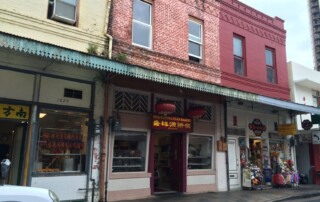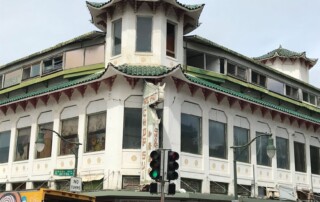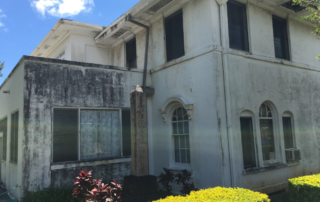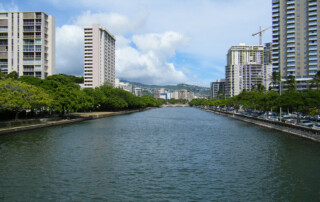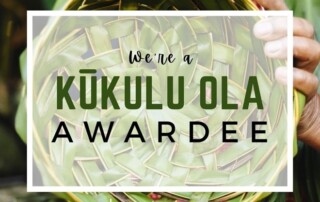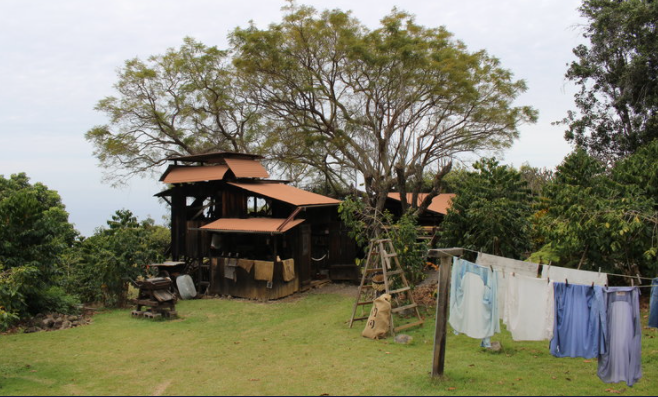Remembering Honolulu’s Hell’s Half Acre and Tin Can Alley of the 1880s – 1960s
If you follow the Rearview Mirror column in the Honolulu Star-Advertiser, you're likely to be aware that columnist Bob Sigall regularly invites his readers to share their personal memories of places and times of yesteryear. Last week, Sigall issued a call for recollections about Honolulu's Hell's Half Acre and Tin Can Alley, two residential areas next to downtown Honolulu where about 17,000 people resided until the 1960s. The dense neighborhoods were filled with lower-income housing punctuated by chop suey houses, cafes, beer parlors, movie theaters, a dance hall and a variety of shops. From the 1950s the area fell victim to redevelopment, in spite of resistance by preservation groups led by Nancy Bannick who argued that the two areas were significant representations of Honolulu's unique history and culture. Rearview Mirror: Remembering Honolulu's Hell's Half Acre, Tin Can Alley By Bob Sigall 3/18/22: I'm sure most of my readers could point to where such O‘ahu neighborhoods as Waipahu, Pālama, Mānoa or Kapahulu are. But what about Hell's Half Acre or Tin Can Alley? Do you remember them? Eighty years ago, one-eighth of Honolulu's population lived in them, and most everyone else knew where they were. Rents there were cheap, and you could walk to a downtown job in five to 10 minutes. Ray Iwamoto asked me recently about the two areas. "I wonder if you could research exactly where Hell's Half Acre and Tin Can Alley were," he said. "I grew up on River Street near Hotel (Diamond Head of Nu‘uanu Stream), and I thought Hell's Half Acre was also Diamond Head of Nu‘uanu Stream. "I thought it might have been near Beretania and River and not in the Hall Street area. I also [...]





